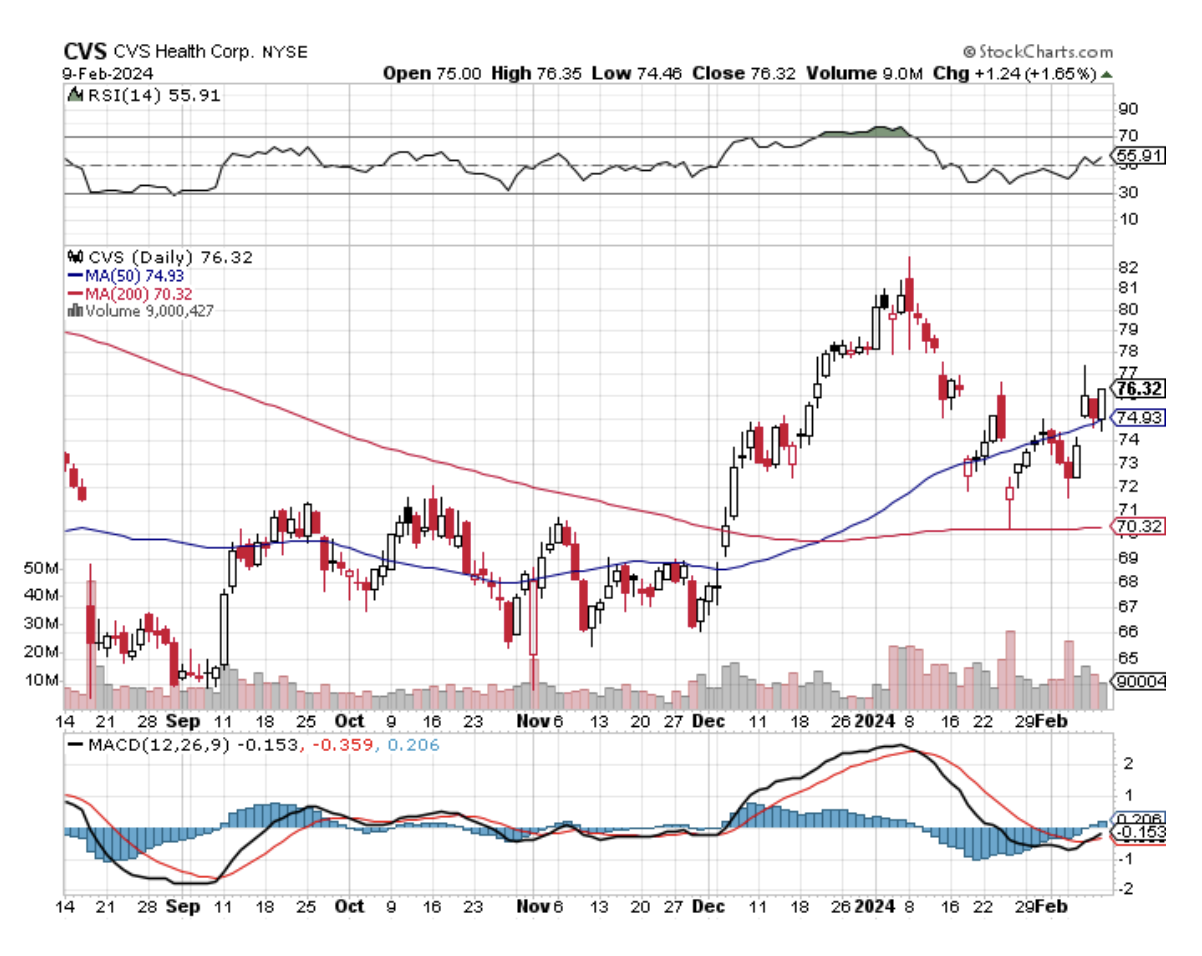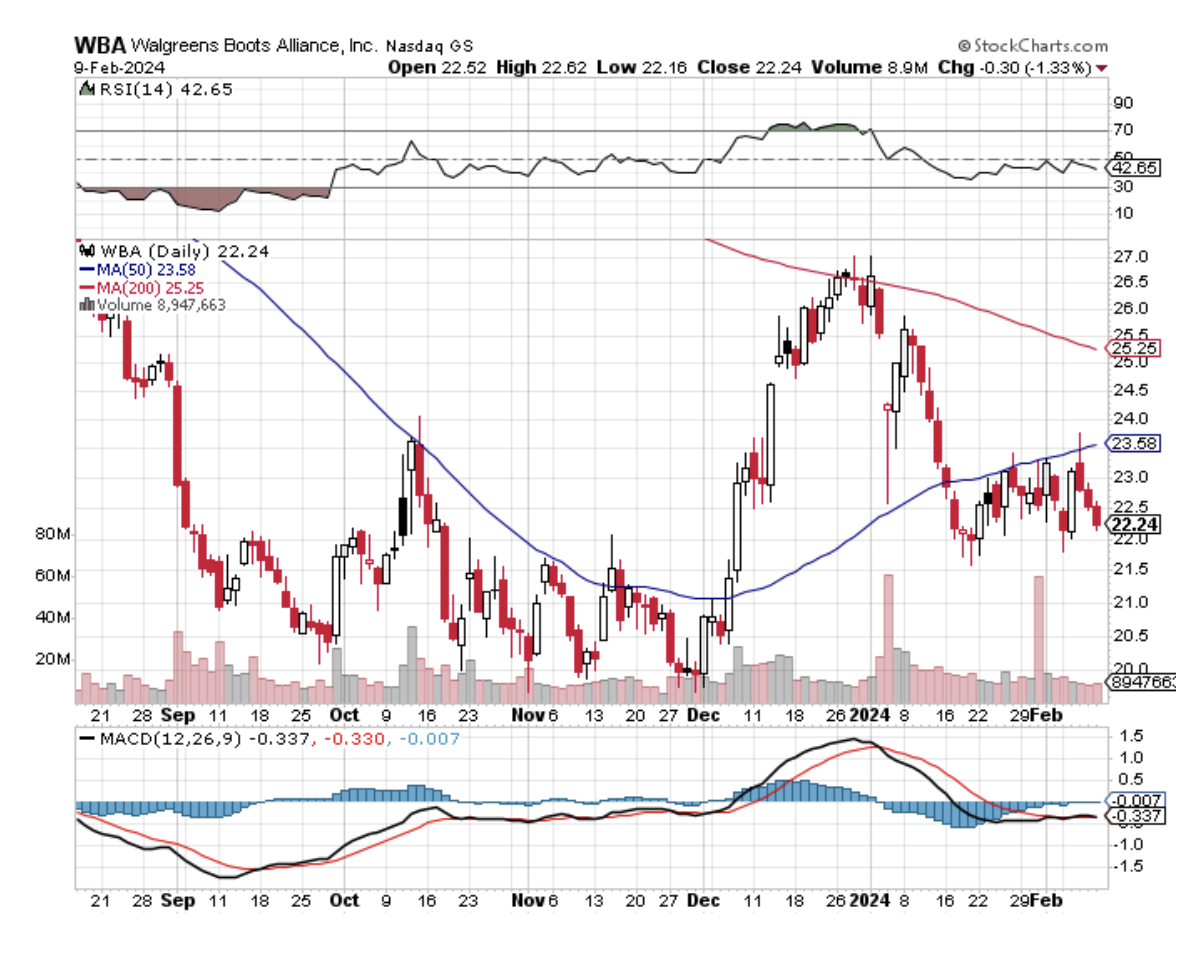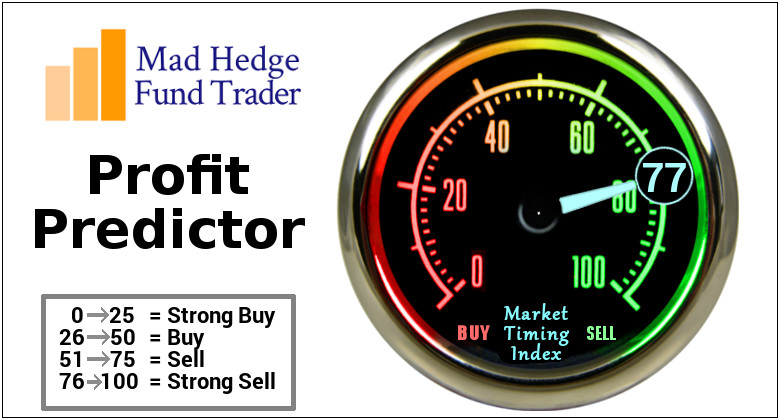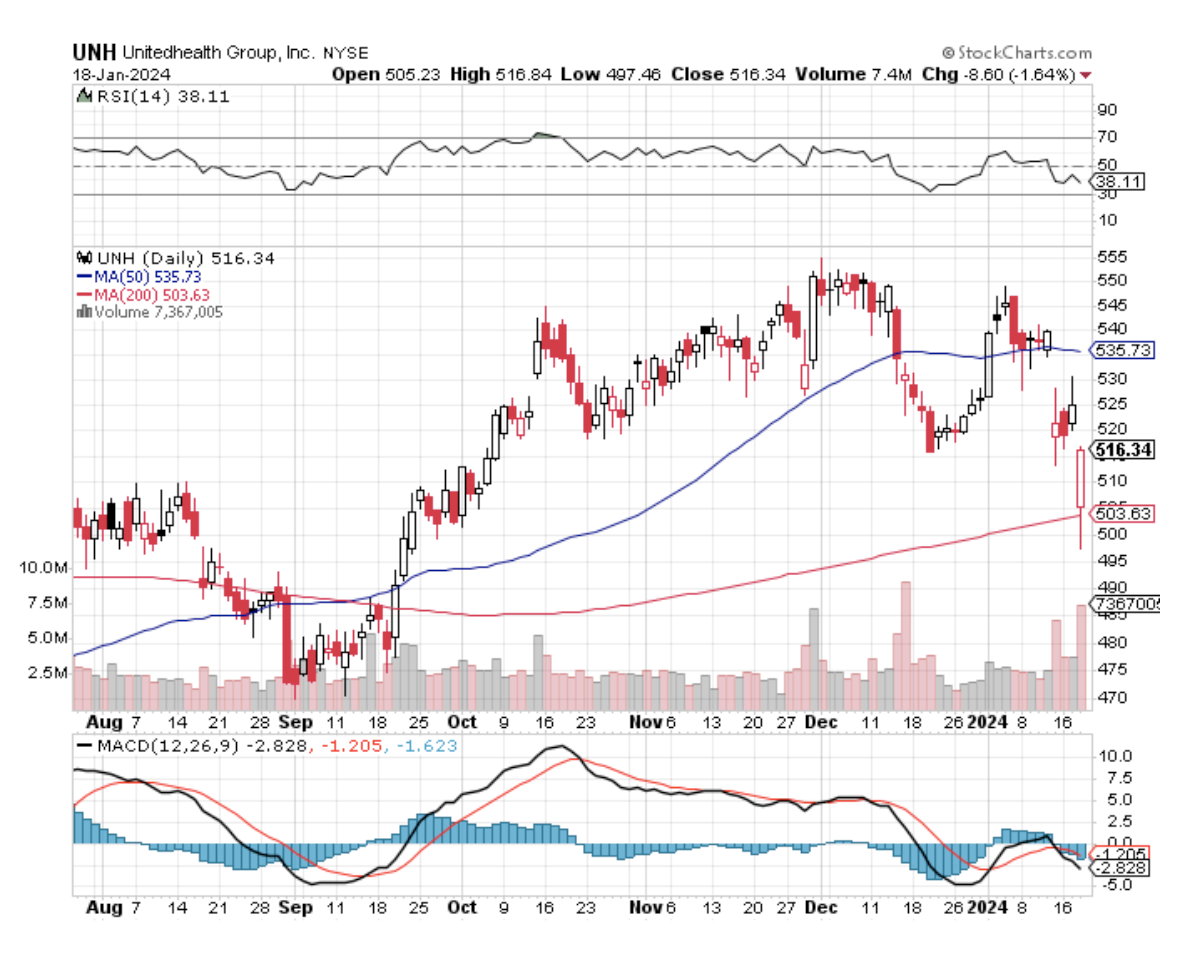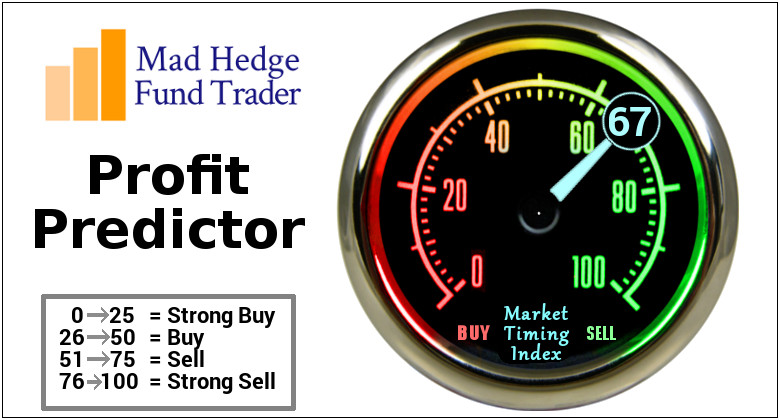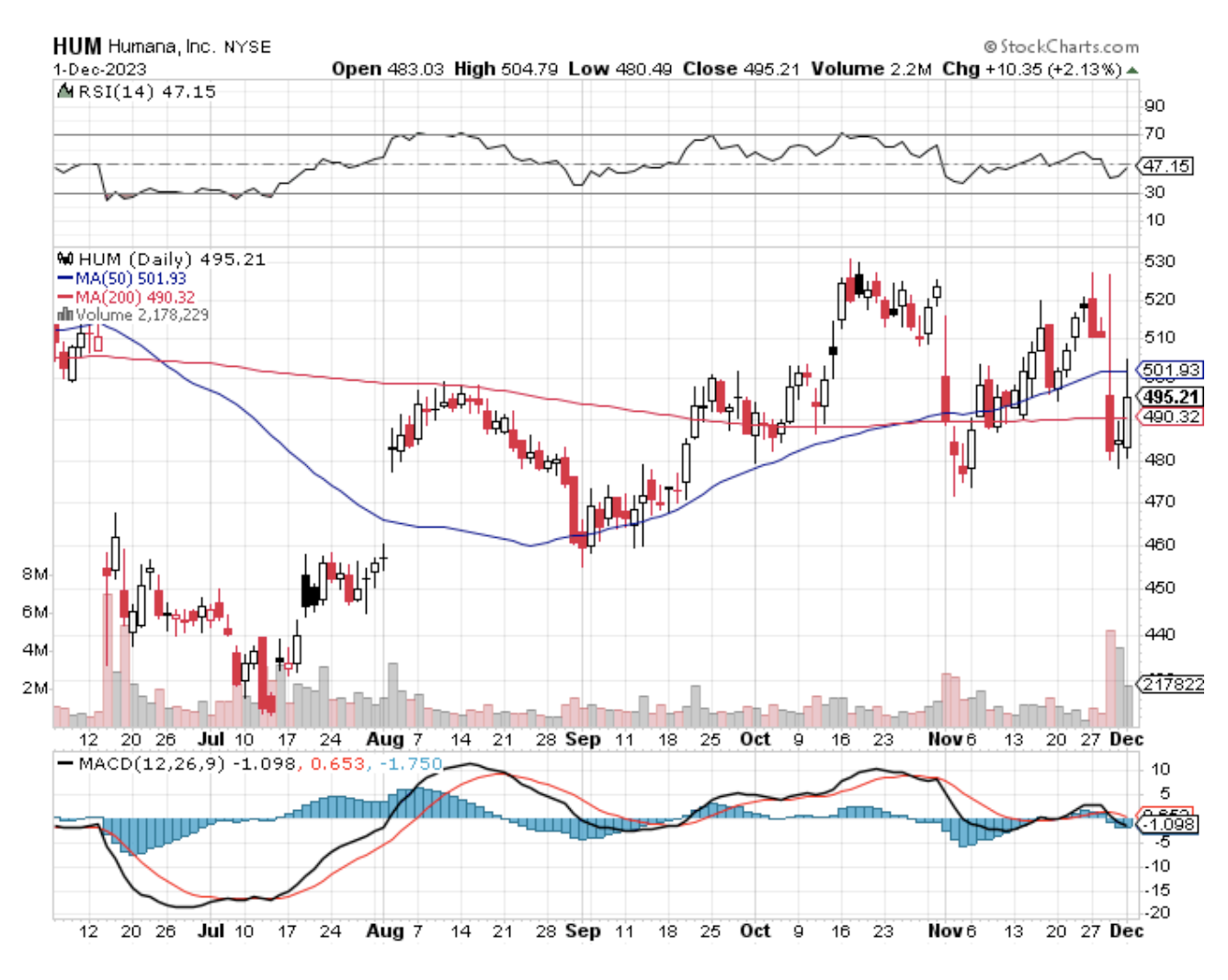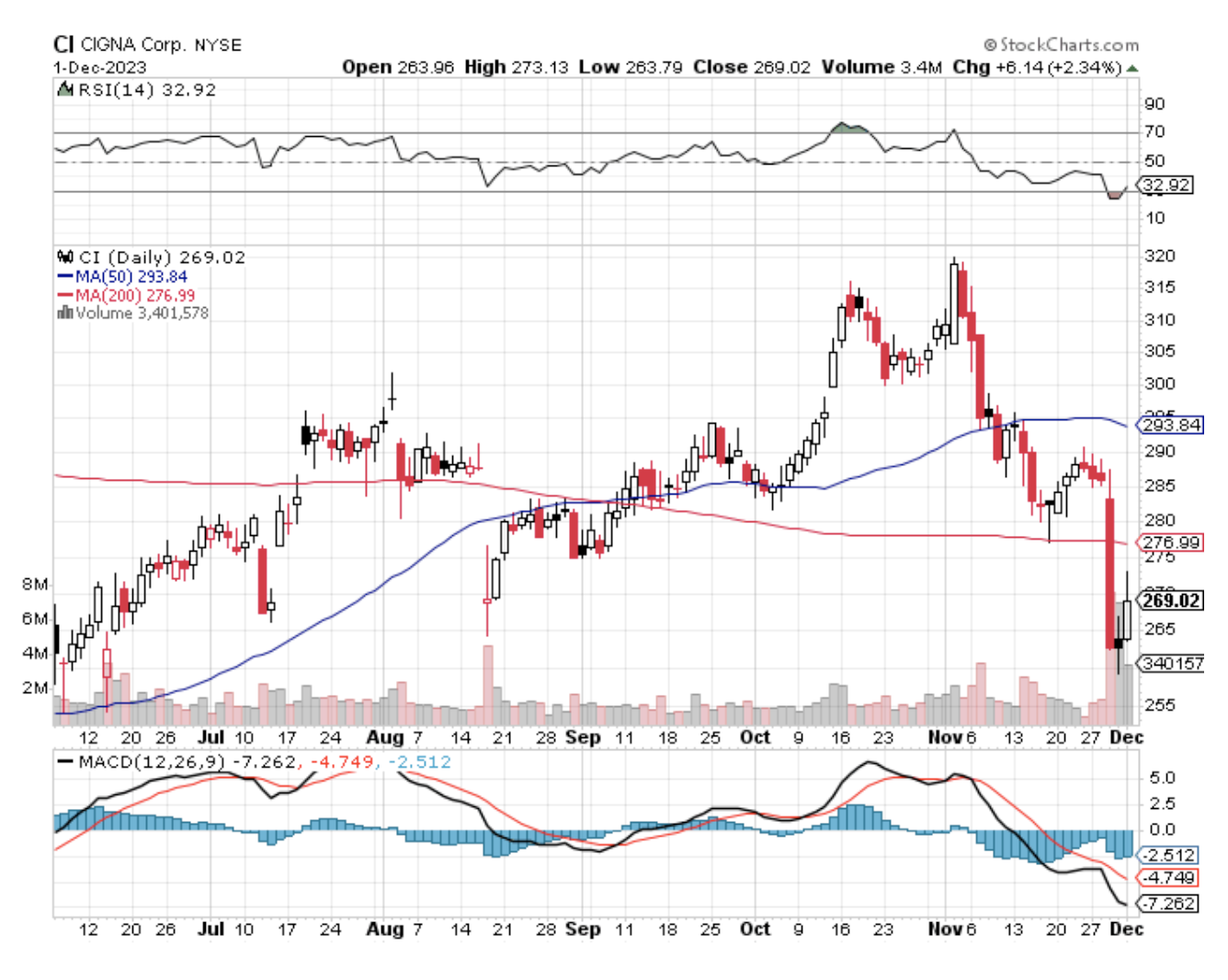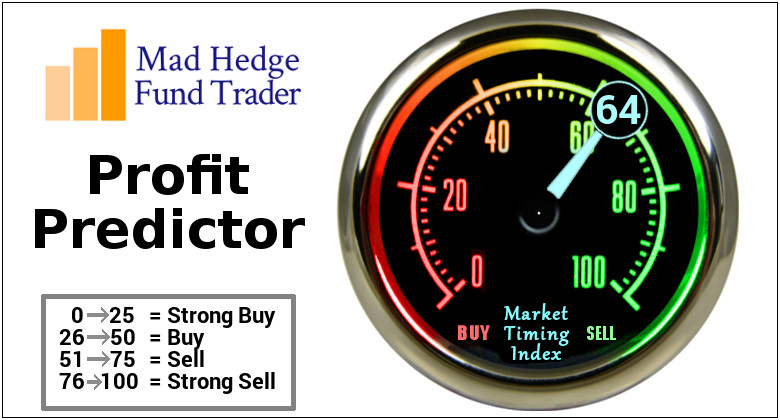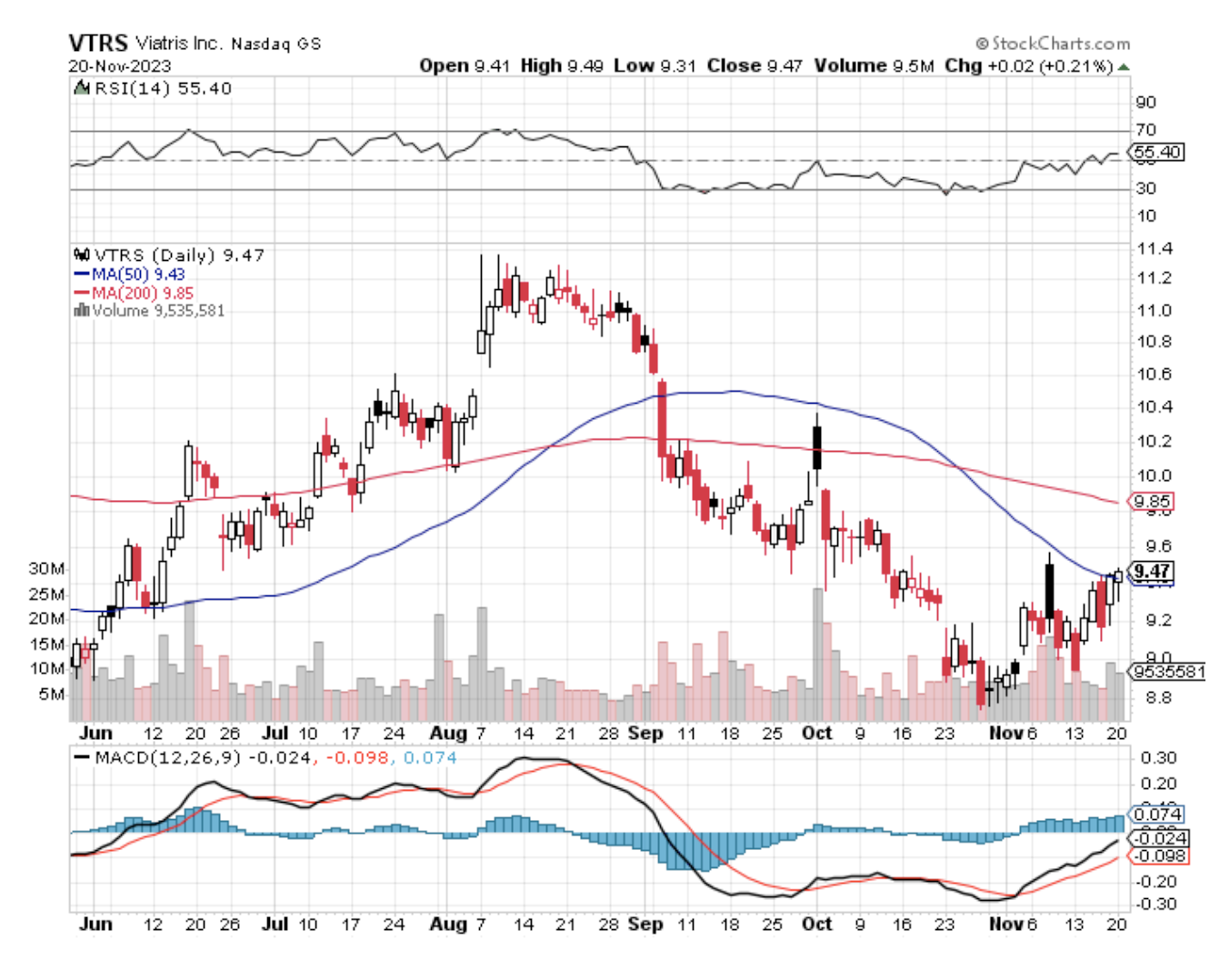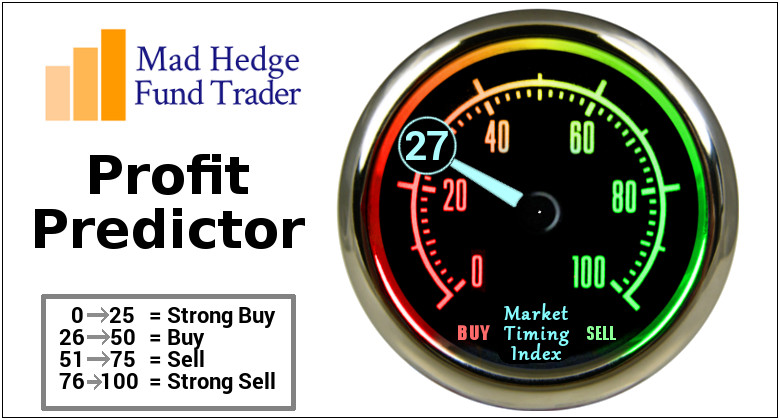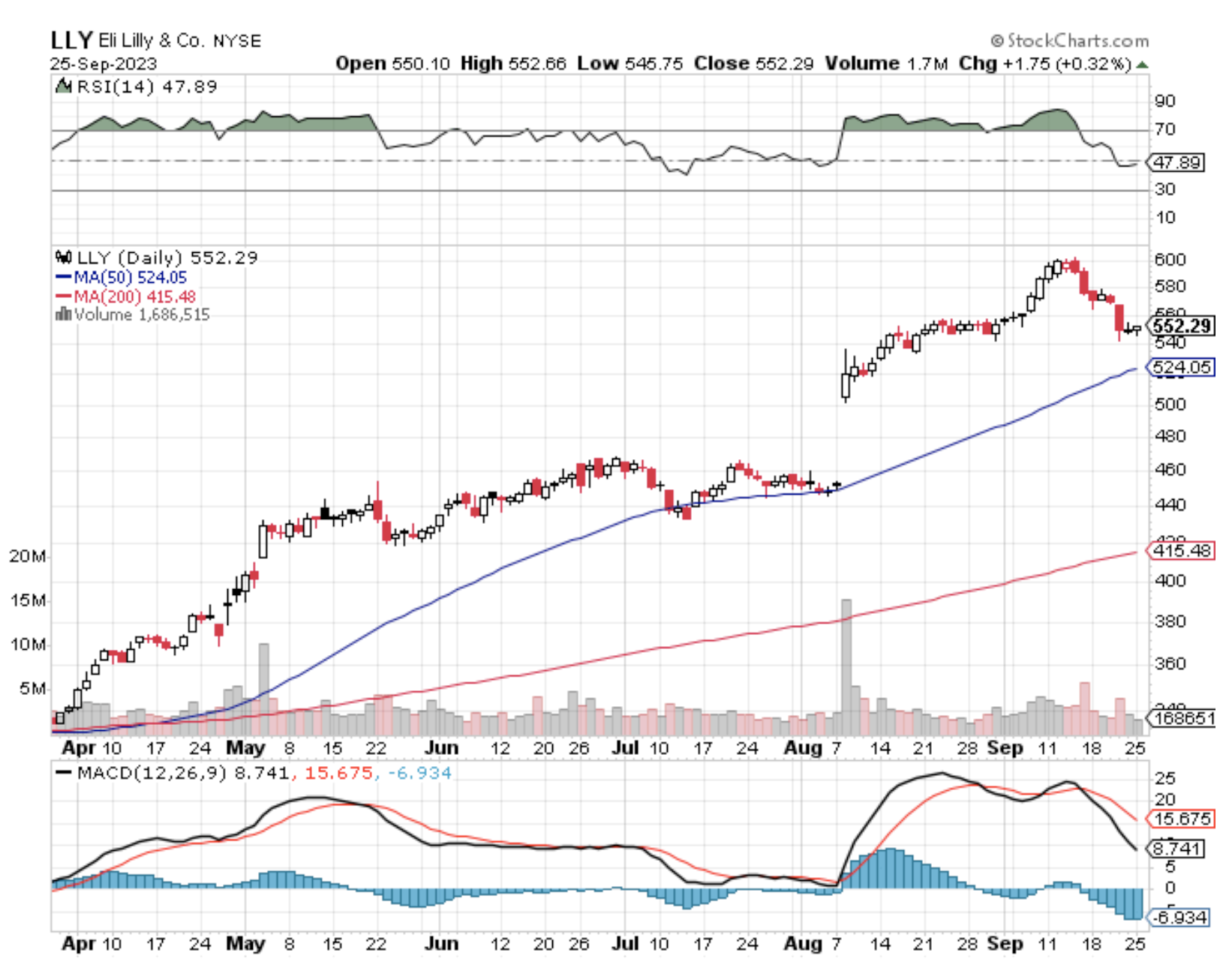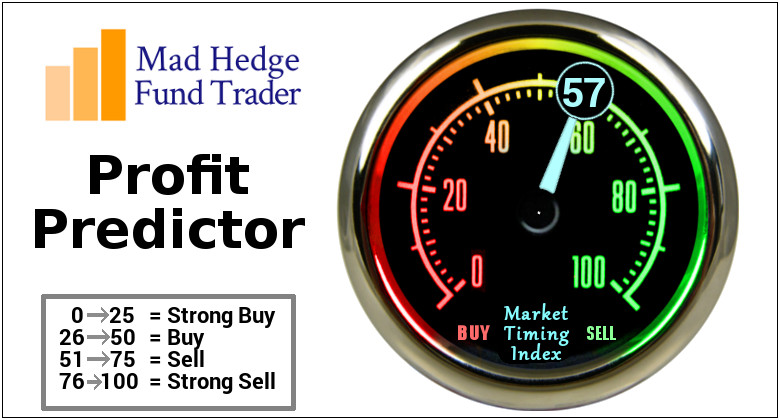Once upon a time, in the not-so-distant 1980s, national pharmacy chains sprouted up across the American landscape like mushrooms after a rainstorm.
They nestled into every nook and cranny of our lives, from the bustling urban streets to the tranquil rural towns, becoming as ubiquitous as the local diner.
Fast forward to 2010, and their numbers had climbed from 18,600 to a staggering 22,500.
It was a golden era for these giants. Like a high school jock on prom night, Walgreens (WBA) and CVS Health (CVS) were on top of the world. Their share prices did the financial equivalent of bench pressing 300 pounds, ballooning to about 14 times their original size between 1995 and 2015, while the S&P 500 merely did a respectable fourfold increase.
Walgreens' wallet got a lot thicker, going from a total revenue of $42.2 billion in 2005 to a hefty $103.4 billion a decade later.
CVS wasn't far behind, with its treasure chest growing from $37 billion to an eye-watering $153.3 billion.
But as the saying goes, what goes up must come down. Today, the once invincible giants are feeling the squeeze, like a middle-aged man trying to fit into his high school jeans.
The tale of woe includes Rite Aid's (RADCQ) bankruptcy bow in October 2023, CVS's share price taking a more than 30% nosedive over two years, and pharmacists so fed up they're leaving their posts faster than rats from a sinking ship.
The crux of their dilemma? A dwindling stream of reimbursement rates from the pharmacy benefit managers, akin to trying to drink a milkshake through a cocktail straw.
Walgreens saw its adjusted operating income from its U.S. retail pharmacy division shrink by 31.1%, from $5.4 billion in 2016 to a more modest $3.7 billion in 2023.
In a similar bind, CVS saw its profits dip, leading to a drastic measure: closing up shop on hundreds of stores.
Despite these turbulent times, the enduring importance of chain pharmacies in the U.S. healthcare system cannot be overstated. They continue to play a crucial role, dispensing everything from life-saving medications to the latest in blood pressure tech.
The question now is, what's next for these once mighty titans? So far, we can see that both CVS and Walgreens are attempting a Hail Mary, broadening their healthcare horizons in hopes of justifying their sprawling presence across the nation.
Over the coming years, a significant transformation is expected to happen to Walgreens and CVS, with the brands likely to streamline their presence. With an extensive network of physical outlets, these companies are confronted with the inevitable: the need for a massive workforce and substantial resources, all of which escalate operational costs and complexities.
In an age where efficiency is king — think Starbucks (SBUX) with its pivot to drive-thru exclusives — it stands to reason that Walgreens and CVS might steer in a similar direction.
Actually, Walgreens has already dabbled in new solutions like drone delivery, a venture that aligns perfectly with the future of quick and efficient distribution of essentials, including medicines, to its customer base.
The next thing to consider is how dramatic this downsizing will be. Looking a decade ahead, we can anticipate a considerable shrinkage in their storefronts, possibly with a shift towards more compact, delivery- and pick-up-friendly formats.
As they move forward with these changes, one thing remains clear: the landscape of American healthcare and retail is evolving, and with it, these pharma giants need to adapt or risk being left behind in the annals of history, remembered as nothing more than relics of a bygone era.
The stories of these national pharmacy chains are far from over, but the next chapters promise to be as unpredictable as they are compelling. So grab your popcorn. This is one show you won't want to miss.

